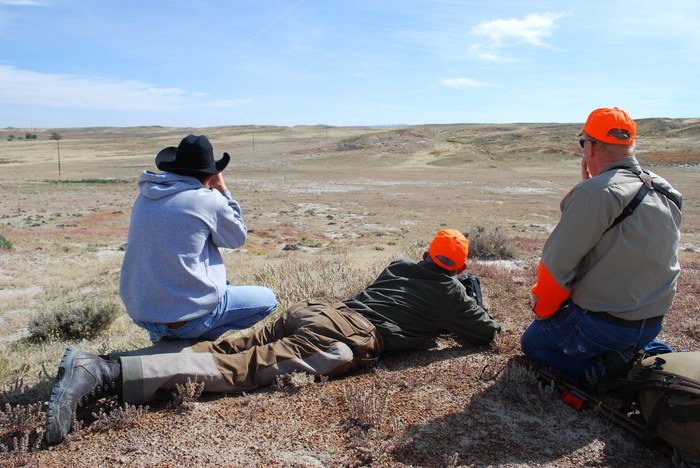I’m probably not the first person who came up with this, but I’ve long called it Boddington’s First Rule of Optics: You get what you pay for! Sport optics is a very competitive field; there are reasons why Optic A is priced twice (or three times!) as high as Optic B. These reasons include quality of glass, construction, and coatings; and customer service. Now, I’d be the first to say that not every person or application really needs the highest quality Zeiss Sport Optic.

Also, and this is important, as you move up and down the scales in optical quality, the differences are subtle. No sales hype can possibly explain the value in the price differential. And, guess what, in a brick-and-mortar gun shop—you can pick up one optic after another and compare, but it’s difficult to really see the difference.
After a lifetime of messing with this stuff I’m convinced the differences are there. Now, there’s no question that, just like anything else, some prestigious brands command higher prices. Back to my First Rule, I believe there are sound reasons why those brands are considered “premium!” As to what are the “best” optics, I won’t take that bait! There are great optics, and a lot of really good middle-priced glass, so good that, again, it’s hard to tell the difference, and plenty good enough for most shooters in most applications. I think most of us could agree that top premium optics include classic European brands such as Leica, Swarovski, and Zeiss. In the way these things shift back and forth, all three have been sponsors of TV shows I’ve been involved in, so I’ve used them all a lot.
